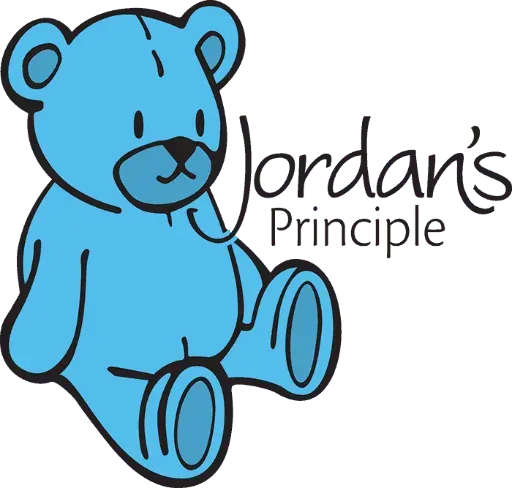Behavioural Intervention
Behaviour analysis focuses on the principles that explain how learning takes place.
What is Applied Behaviour Analysis (ABA) Therapy?
Behaviour analysis focuses on the principles that explain how learning takes place. Positive reinforcement is one such principle. When a behaviour is followed by some sort of reward, the behaviour is more likely to be repeated.
This form of therapy seeks to identify and help change potentially self-destructive or unhealthy behaviours. It functions on the idea that all behaviours are learned and that unhealthy behaviours can be changed. The focus of treatment is often on current problems and how to change them.
Why is it important?
Through decades of research, the field of behaviour analysis has developed many techniques for increasing useful behaviours and reducing those that may cause harm or interfere with learning. ABA is the use of these techniques and principles to bring about meaningful and positive change in behaviour.
Behavioural therapy can benefit people with a wide range of disorders.
People most commonly seek behavioural therapy to treat:
- depression
- anxiety
- panic disorders
- anger issues
applied behaviour therapy and play therapy are both used for children. Treatment involves teaching children different methods of responding to situations more positively.
A central part of this therapy is rewarding positive behaviour and punishing negative behaviour. Parents must help to reinforce this in the child’s day-to-day life.
It may take children some time to trust their counselor. This is normal.
They’ll eventually warm up to them if they feel they can express themselves without consequences.
Children with
autism and ADHD often benefit from behavioural therapy.
What do you work on?
These techniques can be used in structured situations such as a classroom lesson as well as in “everyday” situations such as family dinner or a neighbourhood playground. Some ABA therapy sessions involve one-on-one interaction between the behaviour analyst and the participant.
Cognitive behavioural play therapy is commonly used with children. By watching children play, therapists are able to gain insight into what a child is uncomfortable expressing or unable to express. Children may be able to choose their own toys and play freely. They might be asked to draw a picture or use toys to create scenes in a sandbox. Therapists may teach parents how to use play to improve communication with their children.
Early Therapy can…
Result in an earlier diagnosis and more effective treatment. The earlier the diagnosis can be confirmed by a specialized diagnostic team, the earlier any necessary treatment can begin.
SHOULD MY CHILD SEE A Behaviour THERAPIST?
If your child has presented with one or all of these examples, you can contact us to inquire upon possible therapy options!
These are just a few possible behaviors your child may present, every child is unique and comes with unique situations/characteristics.
What are some signs of autism?
Each person with an Autism Spectrum Disorder (ASD) is unique.
Individuals with ASD may present with some of the following characteristics:
- Lack of awareness
- Unusual seeking of comfort when stressed
- Impaired imitation skills
- Unusual toy play
- Inability to form friendships
- Begins to develop language then loses it, or doesn’t acquire language at all
- Responds unevenly or not at all to name or sounds
- Avoids eye contact
- Difficult to control during transitions (eg, tantrums)
- Poor sleep pattern/wakes frequently at night
- Does not “point and look”
- Shows no interest in interactive games
- Displays repetitive behaviours (eg, rocking, flapping, spinning, flicking fingers)
- self-restricted/selected diet (fussy eater)



